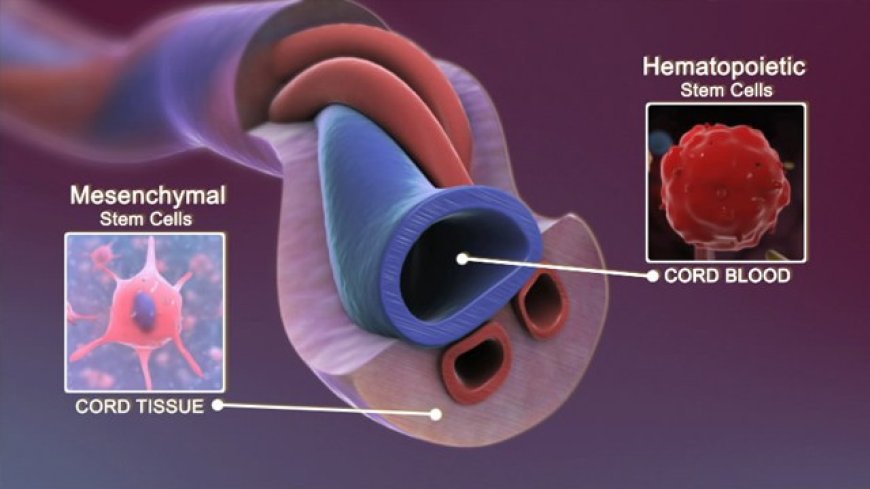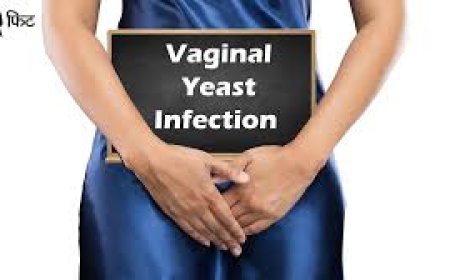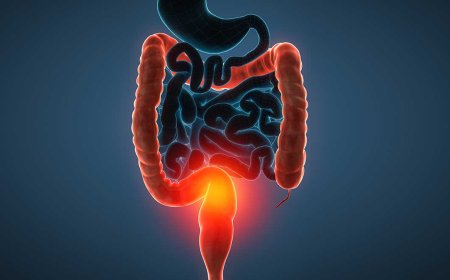Umbilical Cord Blood Stem Cells

Introduction:
Umbilical Cord Blood Stem Cells (UCBSC) are a precious and valuable resource found in the blood of the umbilical cord and placenta after a baby is born. These stem cells are rich in potential and have the remarkable ability to develop into various types of cells in the body, offering hope for treating many diseases and medical conditions. In this article, we will explore what umbilical cord blood stem cells are, their classification, their importance, and how they can benefit children and adults in India, explained in a simple language for 10-year-old children to understand.
What Are Umbilical Cord Blood Stem Cells? :
Umbilical cord blood stem cells are unique cells that reside in the blood of the umbilical cord and placenta. They are a type of "master" cells that have the extraordinary ability to transform into other types of cells in the body. These cells can become blood cells, immune cells, and even some types of tissue cells, making them valuable for medical purposes.
How Are Umbilical Cord Blood Stem Cells Classified? :
Umbilical cord blood stem cells are classified into two main types:
- Hematopoietic Stem Cells: These stem cells can develop into various types of blood cells, including red blood cells, white blood cells, and platelets. They play a crucial role in the body's immune system and oxygen transportation.
- Mesenchymal Stem Cells: These stem cells have the potential to form different types of tissue cells, such as bone, cartilage, and fat cells. They contribute to tissue repair and regeneration.
Causes and Triggers:
Umbilical cord blood stem cells are naturally present in the umbilical cord and placenta, and there are no specific causes or triggers for their presence.
Risk Factors with Examples:
There are no risks associated with collecting umbilical cord blood stem cells. In fact, the collection process is safe for both the baby and the mother. The procedure is simple and painless and poses no risks to the newborn.
Types of Umbilical Cord Blood Stem Cells with Detailing:
- Public Cord Blood Banks: These are large storage facilities where donated umbilical cord blood is stored. These stem cells are available for use by anyone who is a suitable match for the cells.
- Private Cord Blood Banks: These are storage facilities where parents can choose to store their baby's umbilical cord blood stem cells exclusively for their family's use in the future.
Diagnostic Tests and Treatments:
Umbilical cord blood stem cells are used in a variety of medical treatments and therapies. Some common uses include:
- Bone Marrow Transplant: Umbilical cord blood stem cells can replace damaged or diseased bone marrow in patients with certain blood disorders.
- Regenerative Medicine: These stem cells are being explored for their potential in regenerating damaged tissues and treating conditions like spinal cord injuries and heart diseases.
Complications of Umbilical Cord Blood Stem Cells Techniques:
The collection of umbilical cord blood stem cells is a safe and non-invasive process, and there are no known complications associated with it.
Umbilical cord blood stem cells are a valuable resource that offers hope for the future of medicine and healthcare in India. By storing these precious cells in public or private cord blood banks, families can contribute to the advancement of medical science and potentially provide life-saving treatments for their loved ones. The power of these tiny cells to heal and restore health is a true gift of life and health for all.
What's Your Reaction?
 Like
0
Like
0
 Dislike
0
Dislike
0
 Love
0
Love
0
 Funny
0
Funny
0
 Angry
0
Angry
0
 Sad
0
Sad
0
 Wow
0
Wow
0






































































